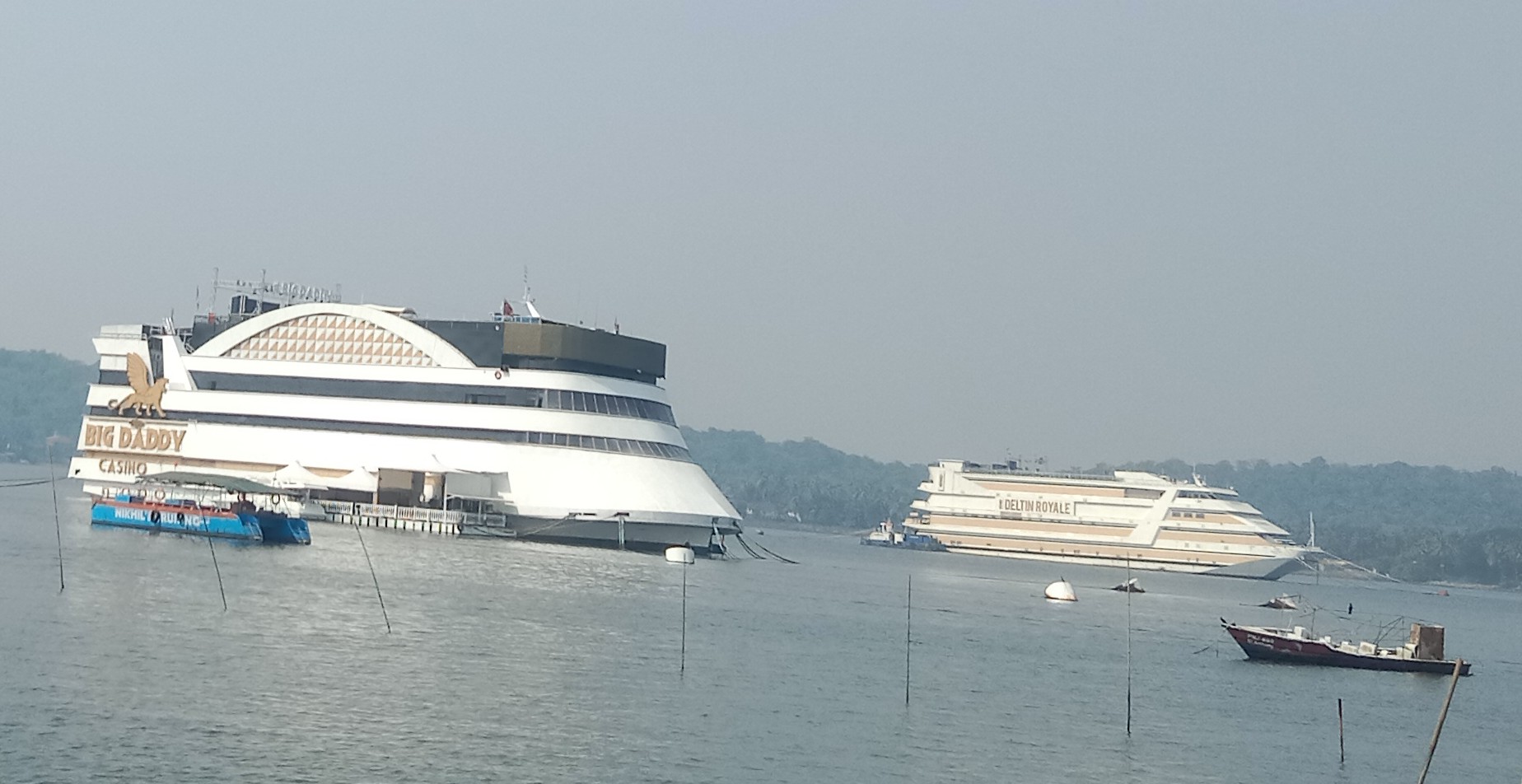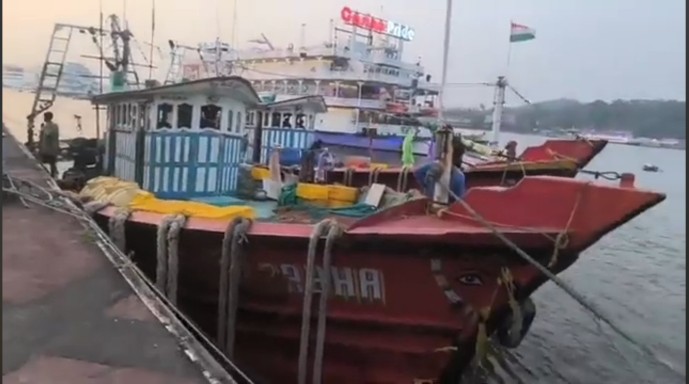However Concerns Are Raised Over Local Impact
Maritime News India – Panaji, Goa, India: The Goa government has announced the establishment of the Goa Maritime Board to oversee Integrated Port-led Development and formulate a State Maritime Waterways Master Plan. The announcement, made during the Budget presentation by Chief Minister Pramod Sawant, includes significant allocations for port, ferry, and maritime infrastructure, but has also raised concerns among local communities and environmentalists.
The government has earmarked ₹49.41 crore for the Ports Department, with ₹10 crore allocated to the Sagarmala project. Additionally, plans have been unveiled for the development of seven passenger jetties and ten floating jetties under the Inland Waterways Authority of India, with a dedicated ₹14 crore budget.
To enhance maritime safety and navigation, the government has also announced the installation of six beacons and 15 lighthouses across Goa. A ₹48.87 crore allocation has been set aside for constructing a terminal building at Panaji Jetty.
Impact on the Maritime and Tourism Sector
The initiative is expected to benefit shipping and port infrastructure developers by attracting investments in jetty and ferry construction. The tourism industry is also likely to see growth, as improved water connectivity and ferry services will enhance travel between coastal areas.
The government’s ₹85.80 crore allocation to the River Navigation Department (RND) will support the commissioning of two Ro-Ro ferry boats and additional twin-screw and single-screw ferry boats, making water transport more accessible. Additionally, a three-shift system for ferry staff has been proposed to improve service efficiency.
Who Will Benefit?
1. Shipping and Port Infrastructure Developers:
– The establishment of the Goa Maritime Board will attract investments and boost port-led development.
– Companies involved in port construction and jetty development will benefit from government contracts.
2. Tourism and Transport Sector:
– The development of passenger and floating jetties will enhance inland water transport, benefiting tourism operators and ferry service providers.
– Better navigation infrastructure, including lighthouses and beacons, will improve safety and efficiency for vessels.
3. Local Businesses and Economy:
– Improved connectivity will facilitate trade and boost economic activities in coastal areas.
– The introduction of a three-shift system for ferry boat staff will create more employment opportunities.
Challenges for Traditional Communities and Environment
While the investments promise economic growth, traditional fishing communities fear displacement and restricted access to their fishing zones. Environmental activists have also raised concerns over the potential ecological impact of large-scale port development, especially under the Sagarmala project, which has previously faced criticism for its environmental risks.
Private ferry operators may also face competition from government-funded vessels, potentially affecting their business viability if subsidies create an uneven playing field.
Who Will Face Challenges?
1. Traditional Fishermen and Local Communities:
– Increased port and jetty developments may lead to displacement or restricted access to traditional fishing zones.
– Environmental concerns such as water pollution and habitat destruction could affect their livelihoods.
2. Environmental Activists and Conservation Groups:
– Large-scale port-led development may pose threats to coastal ecosystems, raising concerns about sustainability.
– The Sagarmala project has previously faced resistance due to its impact on marine biodiversity.
3. Existing Private Ferry Operators:
– The commissioning of government-owned Ro-Ro and ferry boats could impact private operators’ revenues.
– If government ferry services are heavily subsidized, private operators may struggle to compete.
Need for Sustainable and Inclusive Policies
Experts emphasize that environmental impact assessments (EIA) should be conducted before implementing the projects to ensure sustainable development. Stakeholder consultations, including input from local fishermen, business owners, and environmental groups, will be crucial in balancing economic growth with ecological conservation.
What Needs to Be Done?
1. Sustainable Development Measures:
– The Goa Maritime Board should prioritize eco-friendly development to minimize environmental impact.
– Proper Environmental Impact Assessments (EIA) should be conducted before construction.
2. Stakeholder Consultations:
– Fishermen, local communities, and environmental groups must be involved in decision-making.
– A transparent grievance redressal mechanism should be established.
3. Balanced Regulatory Policies:
– The government should ensure fair competition between public and private ferry operators.
– Policies should protect traditional livelihoods while promoting economic growth.
While the Goa Maritime Board aims to strengthen Goa’s maritime infrastructure, industry leaders suggest balanced regulatory policies to protect both public and private sector interests while preserving Goa’s coastal ecosystem.




